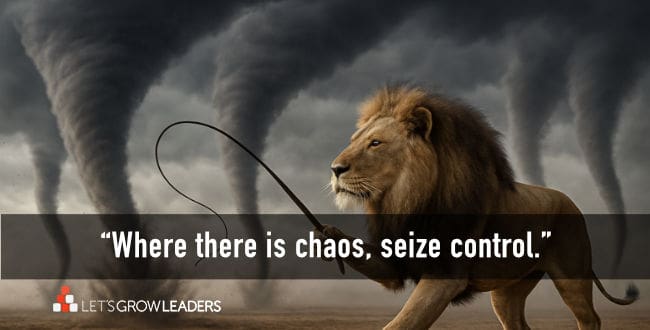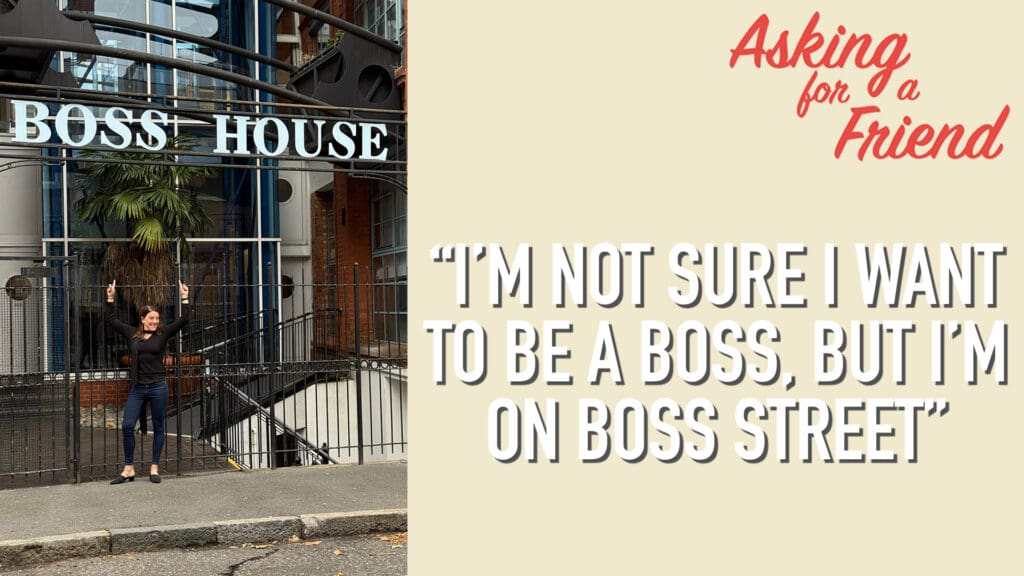I just got off the phone with a frustrated CEO, who was fired up after a half day of observation in one of his call centers.
“Karin, Why don’t these managers GET IT?
I just left a visit to one of our call centers and within an hour, I’ve seen more than a dozen urgent and easy things to address that really matter. I’ve been encouraging managers and team leaders to be out on the floor. So they’re there. They’re theoretically doing the observation I’ve asked. But I don’t think they know what to do!
They are standing right next to the issues I see, and they don’t see them! When I ask them for what patterns they’re noticing they offer to pull a report. How about the patterns they heard on the calls today in their observation?!! When I ask how the calls are going, they tell me “they’re good.” What does that mean? Can’t they hear what I hear? No one has a pen in their hands… I’m so frustrated. Isn’t this common sense?
How do I make them see that getting out of their offices is not enough? It’s what they do with that time.”
Does this sound familiar? This “Why can’t they see it?” feeling is the worst. And surprisingly hard to teach. But it is possible.
Observation Matters: Really Practical Ways to Ensure Your Presence Makes an Impact
After a few weeks in the role Verizon Sales exec., it became clear that there was a real difference between spending time in the stores and EFFECTIVELY spending time in the stores–observing what’s going on, learning, and being truly helpful to the team.
Some District Managers really understood the power of careful observation and used that in their helping. And for others, it was an art that needed to be taught. There were a few DMs who could be in a troubled store all day and completely miss the glaring issues– and of course, ignoring the obvious problems is far from helpful, it’s destructive.
If you’re looking to help your managers and supervisors be more observant and helpful, try working with them on this list of six ways to show up helpful.
6 Ways to Show Up Helpful
1. Start with connection.
Winning Well managers balance results AND relationships. You can’t show up helpful if your employees think you’re there to play a game of “Gotcha.”
Connect first with something personal. And then ask about what they’re most proud of and where they’re struggling. It’s amazing what you’ll hear if you just ask, “What do you need to better serve our customers?”
2. Think like a customer.
Observe what the customer is experiencing.
When I would do my store visits at Verizon, we would start in the parking lot. What does the customer see when they first walk up? Is there trash on the sidewalk? Are the windows clean? Are the signs hung correctly? Are all the light bulbs working?
Observe the customer interactions. If you can see the customers, do they seem relaxed and confident, or agitated? If you’re walking around the call center floor, are you hearing empathy from your reps? Are they providing clear and accurate information? Are they going out of their way to create a positive experience?
If you’re doing a ride-along observation on a repair truck, are you showing up during the committed time frame? Have we left the customers home cleaner than we found it? Have interactions been polite and friendly? Does the customer know how much we care?
3. Pay attention to the MITs (Most Important Things.)
Focus your observations on the most important things and work on them one or two at a time. As you’re walking around notice how employees are spending their time. Are they focused on the Most Important Things (MITs?)
If they’re not, get curious. Do they understand the behaviors that are critical to success? If not, it’s time to revisit expectations. Are they clear on what behaviors will lead to success? Have you connected what you’re asking them to do, to why you’re asking them to do it?
One of the biggest mistakes I see managers make when they’re riding along or doing floor support is focusing on too many priorities at the same time.
If you tell someone: “Your desk is messy; you forgot to use an empathy statement; you didn’t mention the new promotion, and by the way, your handle time for that phone call was 15 seconds too long,” they’re not likely to retain much.
4. Look for patterns.
It’s easy to overreact when you see one employee with wrong information or a bad habit. I’ve seen many managers react with an emergency meeting because of one bad actor, and everyone is wondering why their manager is wasting time talking about something everyone already knows.
Of course, it can go in the other direction too. If you uncover a few employees struggling with the same issue, it’s worth keeping your eyes open to see who else needs help. The next obvious question any manager would think is, “Where else is this an issue?”
5. Connect work to outcomes.
In my Verizon days, I would never leave a store visit without spending time with the store manager in front of his “Big Board” (a white board that was to be updated daily with metrics in the back of the store for all the team to see). We would talk about the customer experience and what they were doing to make it better. Nothing was more frustrating than to see outdated metrics. “Oh wait, it’s better now!” The manager would say as they erased the numbers and put up new ones. “So how would your team know that?”
In your observations, it’s helpful to ensure the team has an easy, updated, way to know where they stand.
See more on developing critical thinking in your team.
6. Celebrate small wins.
When doing observations, it’s easy to focus exclusively on what’s going wrong and what needs to be improved. It’s so important to also notice what’s going well. Making a big deal out of small wins can go a long way in pointing out the behaviors that will lead to success. We get more of what we celebrate and reward, and less of what we ignore.
Your turn. What are your best practices for effective observations and showing up helpful?
See Also: The Secret to Managing Up: The Green Jacket Effect (with Video)







0 Comments